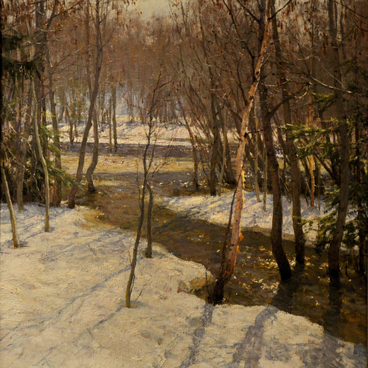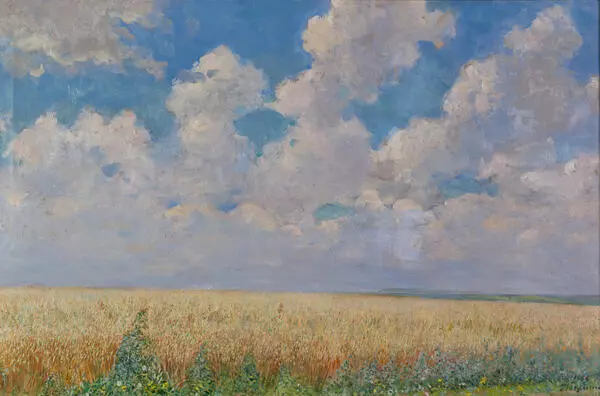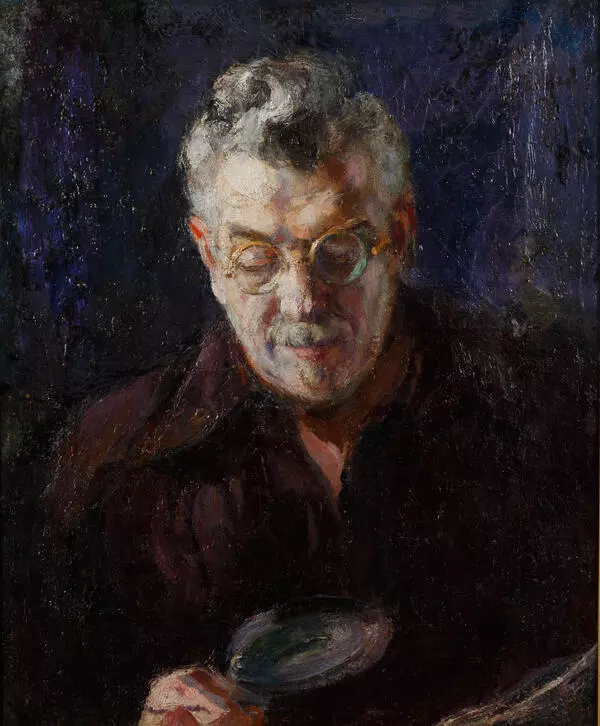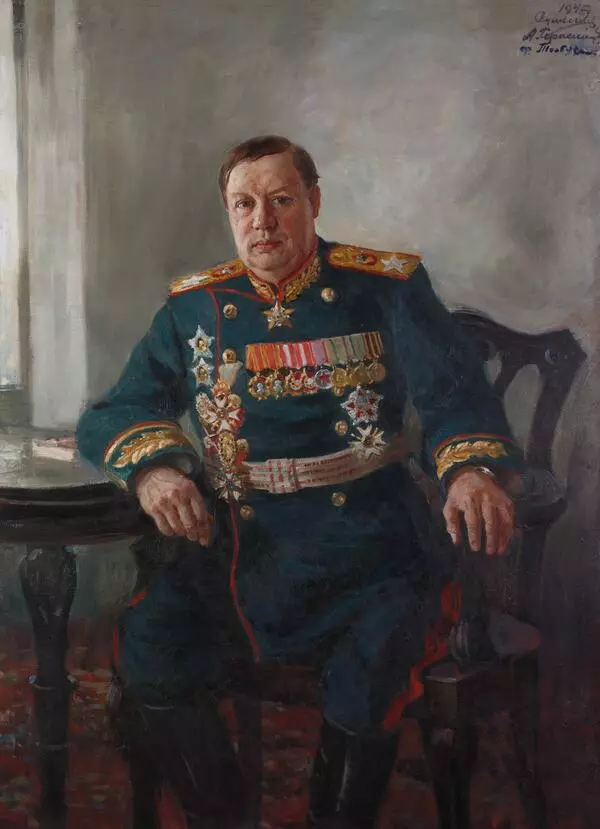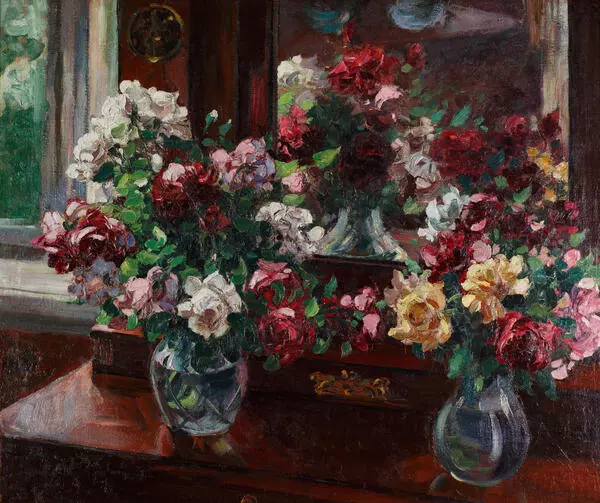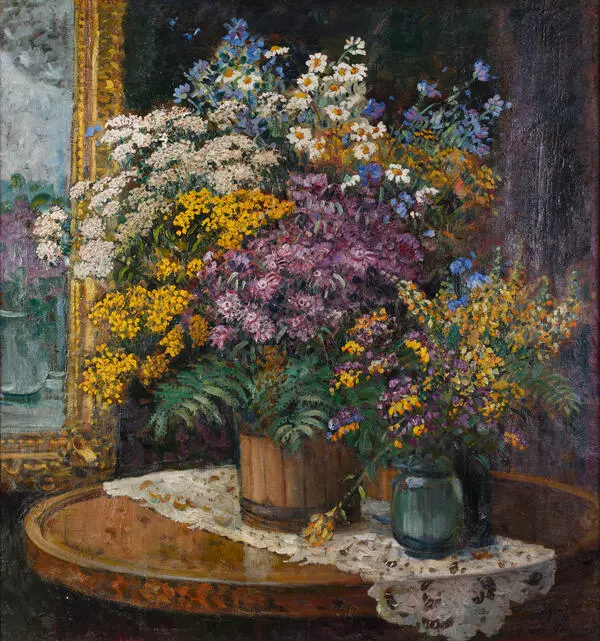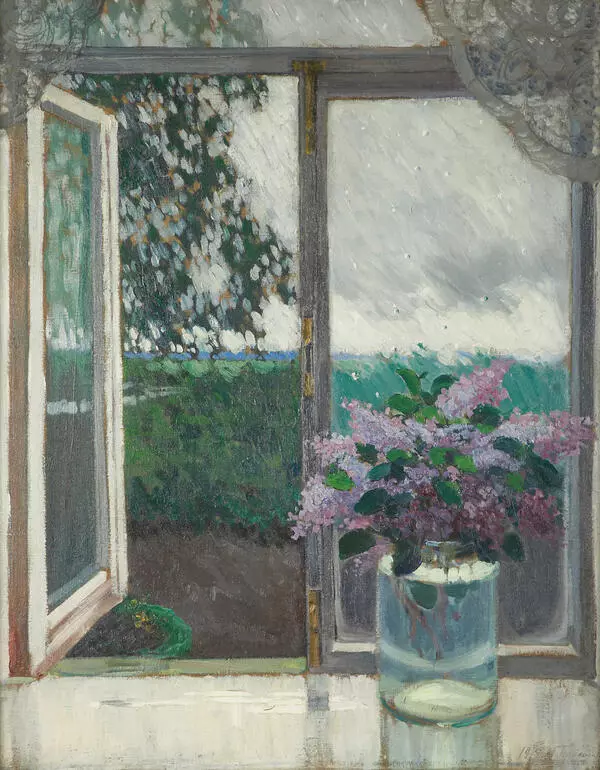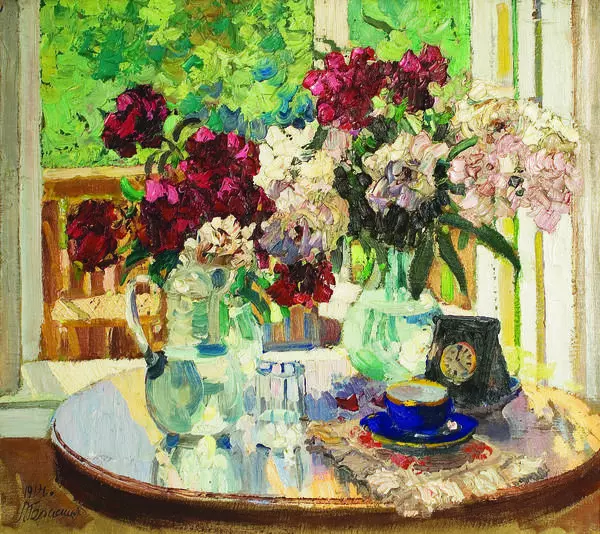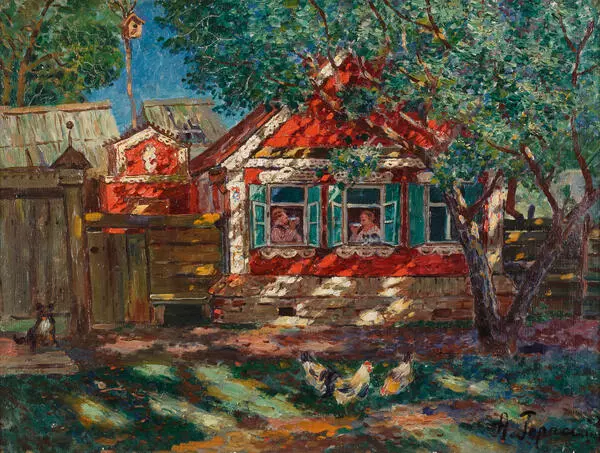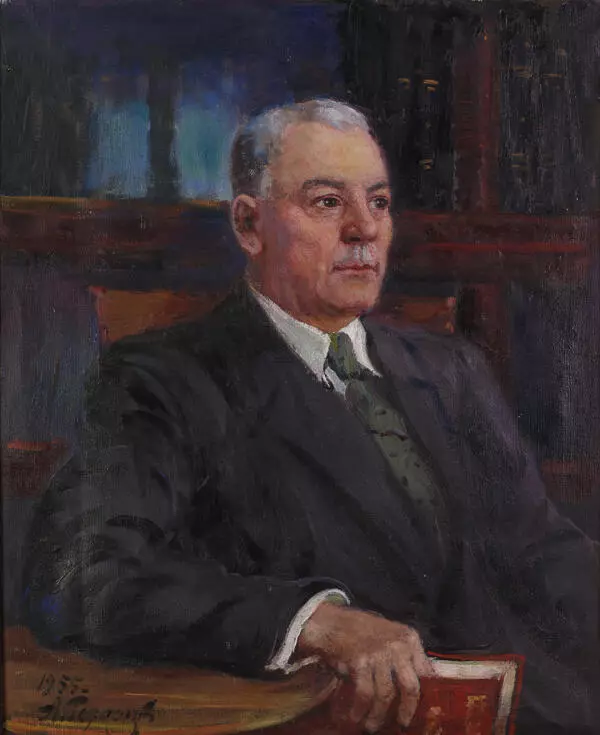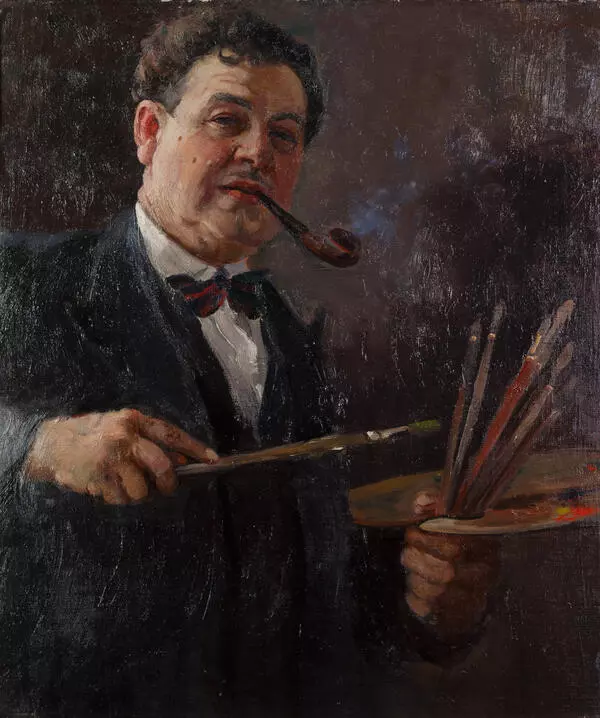Russian and Soviet painter, architect and art theorist, and professor Alexander Mikhailovich Gerasimov (1881–1963) was born in the small county town of Kozlov, Tambov province. Like many famous artists of the early 20th century, he studied at the Moscow School of Painting, Sculpture and Architecture.
Alexander Mikhailovich received his training in the period from 1903 to 1915. His mentors were Russian painters Konstantin Alekseevich Korovin, Abram Yefimovich Arkhipov and Valentin Alexandrovich Serov. After graduation, the master did not receive wide recognition.
In 1915, Alexander Gerasimov was mobilized into the army. He participated in the First World War as an employee of an ambulance train on the Southern Front. After demobilization, the artist returned to his hometown, where he lived and worked until 1925. After this, he moved to Moscow.
Alexander Mikhailovich Gerasimov joined the Association of Artists of Revolutionary Russia, which had existed for three years at that time. In addition, he began teaching at the Moscow State College of Fine Arts in Memory of the 1905 Uprising — this educational institution opened in December 1925.
In the summer of 1934, Alexander Gerasimov got the opportunity to go on a creative trip to Germany, France, Italy and Turkey for three months. After Berlin, he went to Paris, painted “Montmartre at Night” — a painting that was not shown at Soviet exhibitions — works “In Cabaret. Paris” and “Paris at Night.” He created the work “Hagia Sophia” in Turkey.
In the period from 1939 to 1954, Alexander Mikhailovich was chairman of the organizing committee of the Union of Artists of the USSR. During the Great Patriotic War, he began working on portraits of battle heroes and participants, and donated his savings to the needs of the Red Army. On July 26, 1943, Alexander Gerasimov was among the first to be awarded the title of “People’s Artist of the USSR.”
The painting “Still
Life. Roses” from the collection of the Gorlovka Art Museum was painted in
1953. The impasto painting technique of large brush strokes and the bright
ornamentation convey a sense of festivity. Thick, bold strokes and a bright
palette display the attractiveness of a fading, but still beautiful bouquet.


